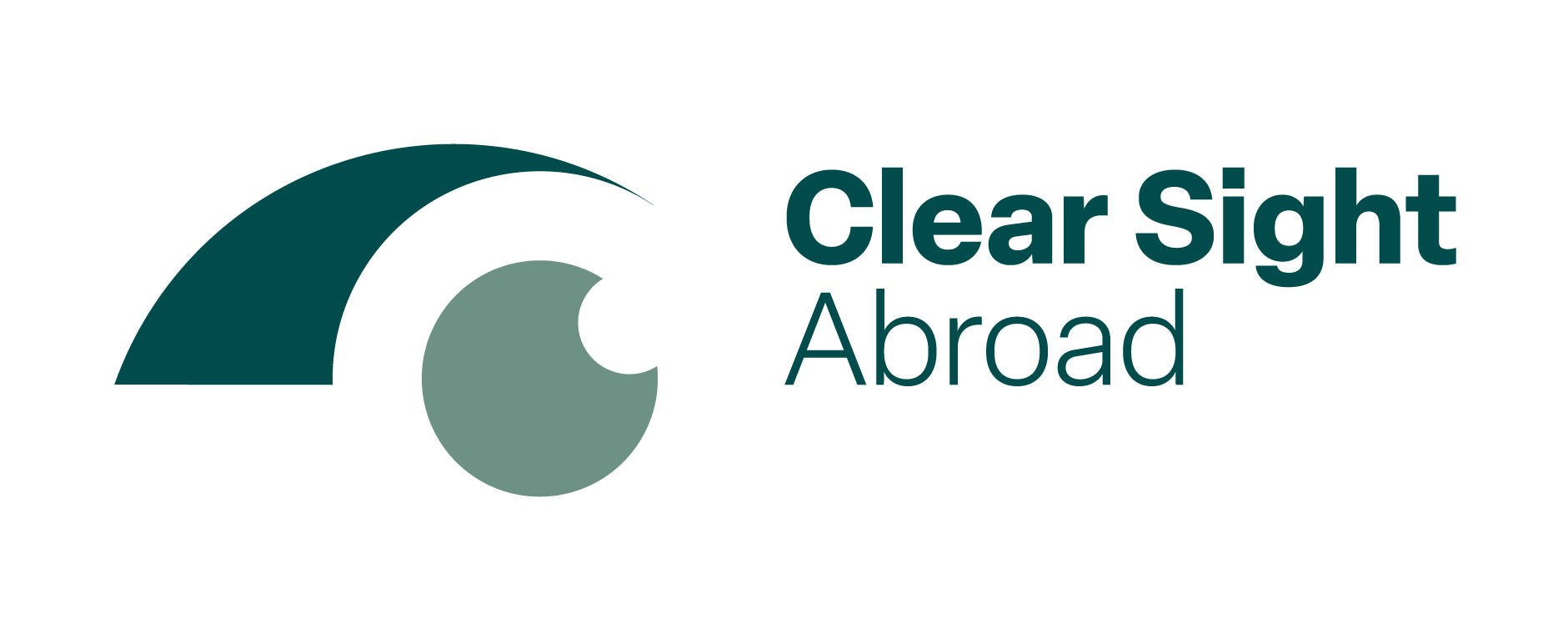Vision correction surgery has revolutionized the way millions of people see the world, offering an alternative to glasses and contact lenses. Among the most well-known and widely performed procedures is LASIK (Laser-Assisted in Situ Keratomileusis). Over the years, advancements in laser technology have led to the development of LASIK HD, a more refined and precise version of the traditional LASIK procedure. In this article, we will delve into the details of both LASIK and LASIK HD, comparing their techniques, benefits, and potential drawbacks to help prospective patients make an informed decision.
What is LASIK?
LASIK is a laser eye surgery that corrects common refractive errors such as myopia (nearsightedness), hyperopia (farsightedness), and astigmatism. The procedure involves reshaping the cornea, the transparent front part of the eye, to improve the way light is focused onto the retina. This reshaping is accomplished by creating a thin flap in the cornea, lifting it to expose the underlying tissue, and then using an excimer laser to precisely remove microscopic amounts of corneal tissue. The flap is then repositioned, and it adheres naturally without the need for stitches.
Advantages of LASIK:
- Proven Track Record: LASIK has been performed for over 25 years and has a well-documented history of safety and effectiveness, with millions of successful surgeries worldwide.
- Quick Recovery: Most patients experience significant improvement in vision almost immediately, with full recovery typically occurring within a few days to a week.
- Minimal Discomfort: The procedure is relatively quick, usually taking about 15 minutes for both eyes, and most patients report minimal discomfort during and after surgery.
- Long-Term Results: LASIK provides long-lasting correction for a majority of patients, reducing or eliminating the need for glasses or contact lenses.
Disadvantages of LASIK:
- Risk of Dry Eye: The creation of the corneal flap can disrupt nerves in the cornea, leading to temporary or, in some cases, chronic dry eye symptoms.
- Potential Complications: While rare, complications such as flap dislocation, infection, or glare and halos at night can occur.
- Not Suitable for Everyone: Patients with thin corneas, high refractive errors, or certain eye conditions may not be ideal candidates for LASIK.
- Post-Surgical Adjustments: Some patients may require a secondary enhancement procedure if their vision changes over time or if the initial correction is not optimal.
What is LASIK HD?
LASIK HD is an enhanced version of the traditional LASIK procedure, leveraging advanced wavefront technology to provide more precise and personalized vision correction. Wavefront-guided LASIK, commonly referred to as LASIK HD, maps the eye’s unique imperfections in greater detail, allowing for a highly customized treatment that addresses not only standard refractive errors but also higher-order aberrations (HOAs) that can affect visual quality, especially in low-light conditions.
Key Differences in LASIK HD:
- Wavefront Technology: LASIK HD uses wavefront aberrometry to create a detailed 3D map of the eye’s optical system. This map guides the excimer laser in making highly precise adjustments to the cornea, tailored to the patient’s unique visual imperfections.
- Improved Night Vision: By correcting higher-order aberrations, LASIK HD can significantly reduce issues like glare, halos, and starbursts that are often more noticeable at night or in low-light environments.
- Greater Precision: The increased accuracy of LASIK HD allows for better outcomes, particularly in patients with complex prescriptions or those who are more sensitive to visual disturbances.
Advantages of LASIK HD:
- Superior Visual Quality: LASIK HD can offer sharper, clearer vision than traditional LASIK, particularly in challenging visual environments like nighttime driving.
- Customized Treatment: The wavefront technology enables a personalized approach, addressing not only basic refractive errors but also subtle visual distortions that can impact overall visual quality.
- Reduced Risk of Halos and Glare: By targeting higher-order aberrations, LASIK HD reduces the likelihood of experiencing visual disturbances such as halos and glare, which are common complaints after standard LASIK.
- Better Outcomes for Complex Cases: Patients with higher degrees of astigmatism, larger pupils, or other complex refractive errors may benefit more from LASIK HD due to its enhanced precision.
Disadvantages of LASIK HD:
- Higher Cost: LASIK HD is generally more expensive than traditional LASIK due to the advanced technology and equipment required.
- Longer Procedure Time: The additional mapping and customization steps in LASIK HD can make the procedure slightly longer compared to standard LASIK.
- Availability: Not all eye surgery centers offer LASIK HD, and it may not be as widely available as traditional LASIK.
- Incremental Improvement: For patients with straightforward refractive errors, the additional benefits of LASIK HD over standard LASIK may be marginal, raising the question of whether the higher cost is justified.
Comparing LASIK and LASIK HD
When comparing LASIK and LASIK HD, it’s essential to consider the specific needs and circumstances of the patient. Both procedures are highly effective at correcting refractive errors, but they cater to slightly different patient profiles and expectations.
1. Visual Outcomes:
- LASIK: Provides excellent visual outcomes for the vast majority of patients, with a high satisfaction rate. However, some patients may experience issues like halos or glare, particularly in low-light conditions.
- LASIK HD: Offers superior visual clarity by correcting higher-order aberrations, which can lead to better night vision and fewer visual disturbances.
2. Precision and Customization:
- LASIK: While highly precise, traditional LASIK does not offer the level of customization that LASIK HD provides.
- LASIK HD: The use of wavefront technology allows for a highly personalized procedure, making it ideal for patients with complex visual issues or those seeking the best possible visual outcome.
3. Recovery Time:
- LASIK: Recovery is quick, with most patients achieving functional vision within a day or two and full recovery within a week.
- LASIK HD: Recovery time is similar to standard LASIK, although the additional precision might result in a more comfortable recovery experience for some patients.
4. Cost:
- LASIK: Generally more affordable than LASIK HD, making it a more accessible option for many patients. The cost of LASIK can vary depending on the location, surgeon experience, and specific technology used, but it typically remains within a reasonable range for most individuals seeking vision correction.
- LASIK HD: The advanced technology and customization come at a higher price, which might be a deciding factor for budget-conscious patients. However, there is the possibility of traveling abroad to reduce the overall cost. For example, undergoing LASIK HD in countries like the Czech Republic can save patients up to 50% of the cost compared to prices in the United Kingdom or United States, without compromising on quality or safety. Many clinics in the Czech Republic are known for their high standards of care and use of state-of-the-art technology, making it an attractive option for those looking to combine top-tier treatment with significant savings.
5. Suitability:
- LASIK: Suitable for a wide range of patients, though those with specific eye conditions or higher refractive errors may not be ideal candidates.
- LASIK HD: Particularly beneficial for patients with complex prescriptions, large pupils, or those who are concerned about night vision quality.
Conclusion
Both LASIK and LASIK HD represent state-of-the-art options for vision correction, each with its own set of advantages and potential drawbacks. LASIK is a tried-and-true procedure with a long history of success, offering quick recovery and significant improvements in vision for a broad range of patients. LASIK HD, on the other hand, takes the precision and customization of LASIK to the next level, providing superior visual outcomes, particularly for those with more complex visual needs or higher expectations for their vision quality.
Ultimately, the choice between LASIK and LASIK HD should be made in consultation with a qualified ophthalmologist who can assess your specific needs, preferences, and eye health. Whether you opt for the proven effectiveness of traditional LASIK or the enhanced precision of LASIK HD, both procedures can offer a life-changing improvement in your vision, freeing you from the reliance on glasses or contact lenses and allowing you to see the world more clearly.




